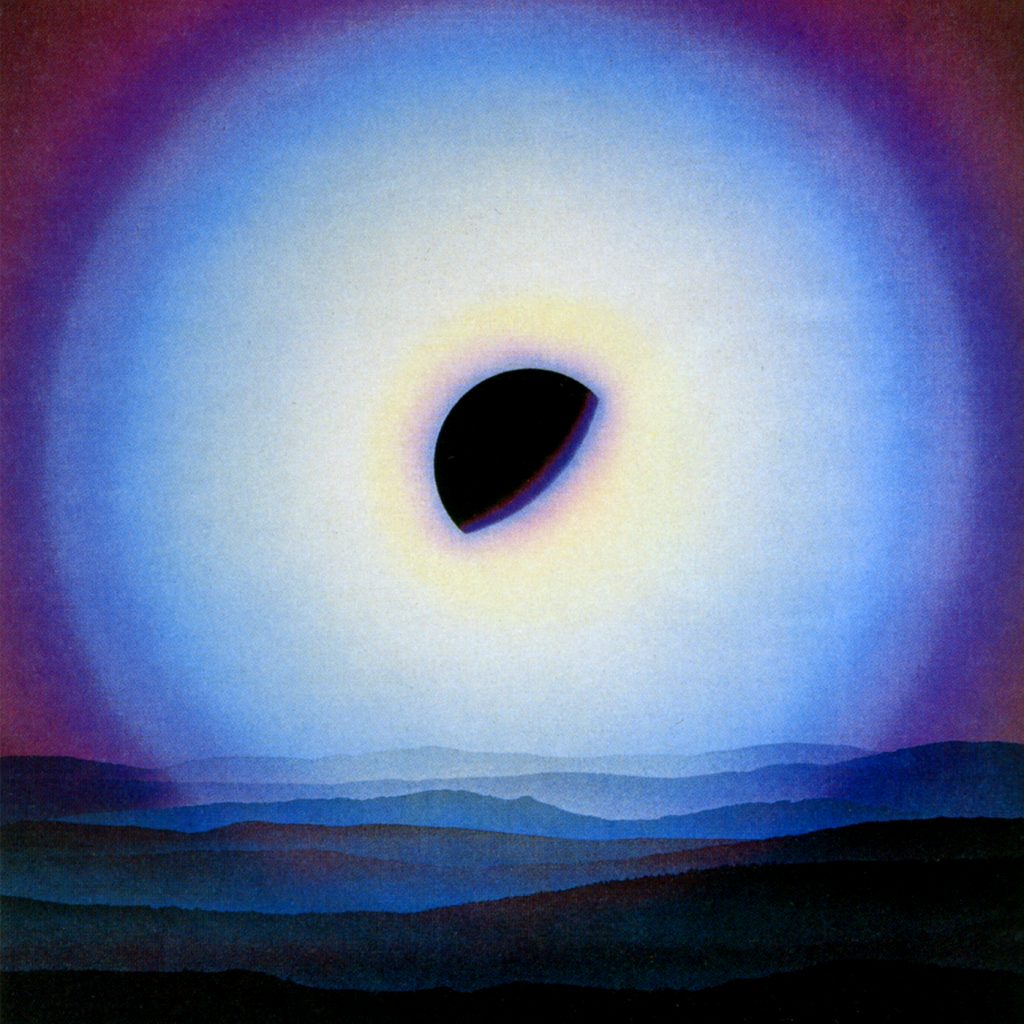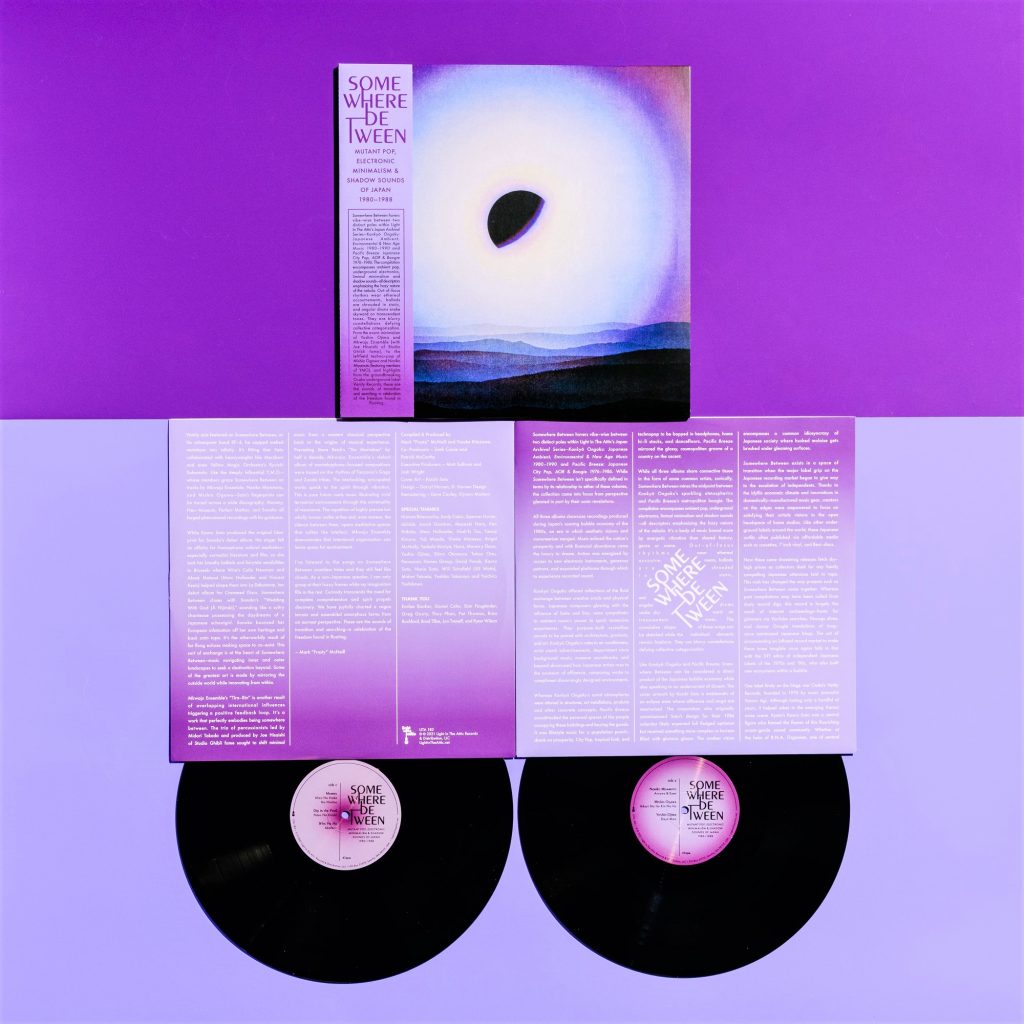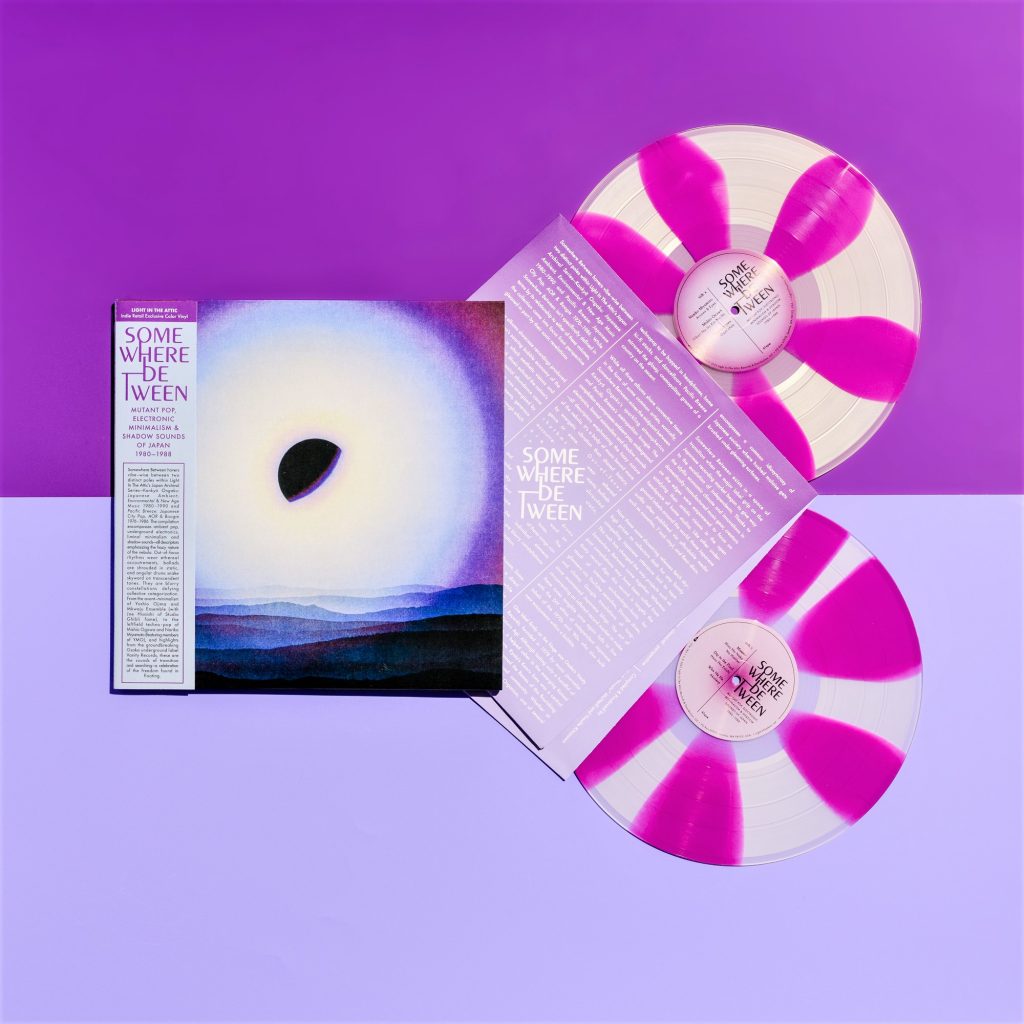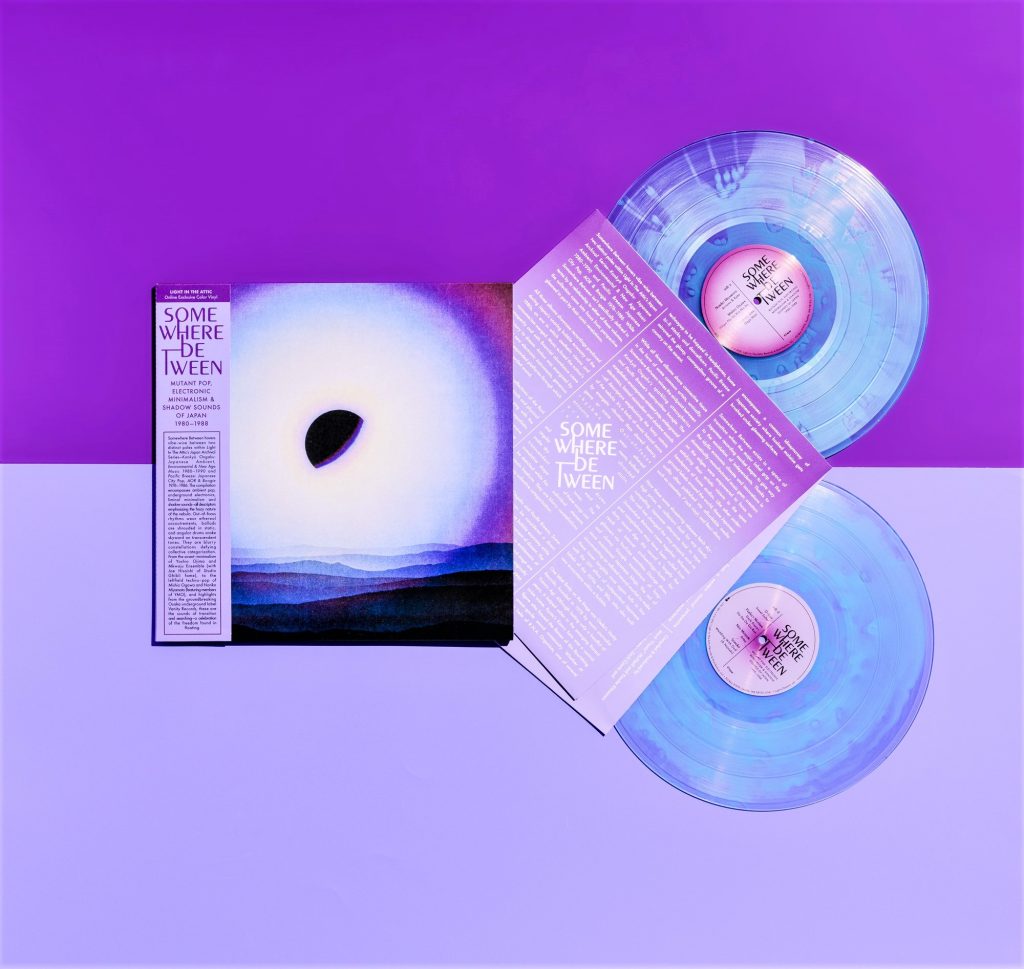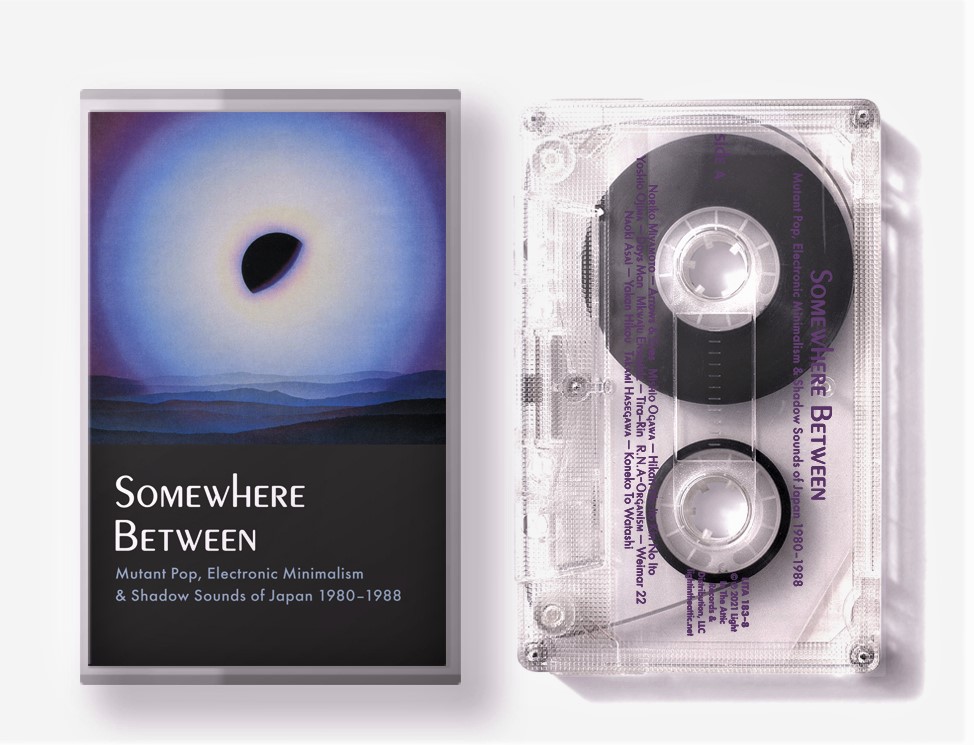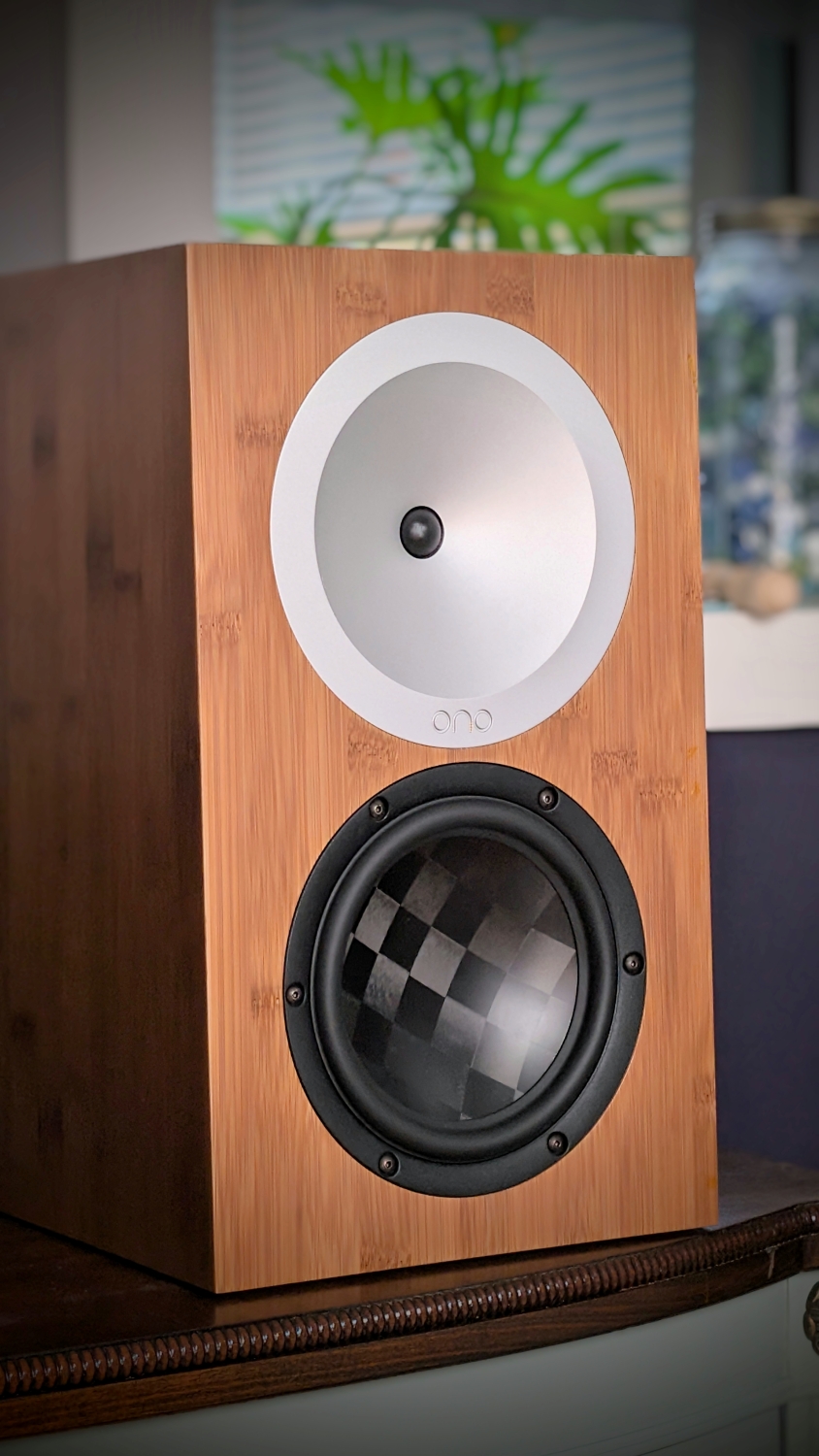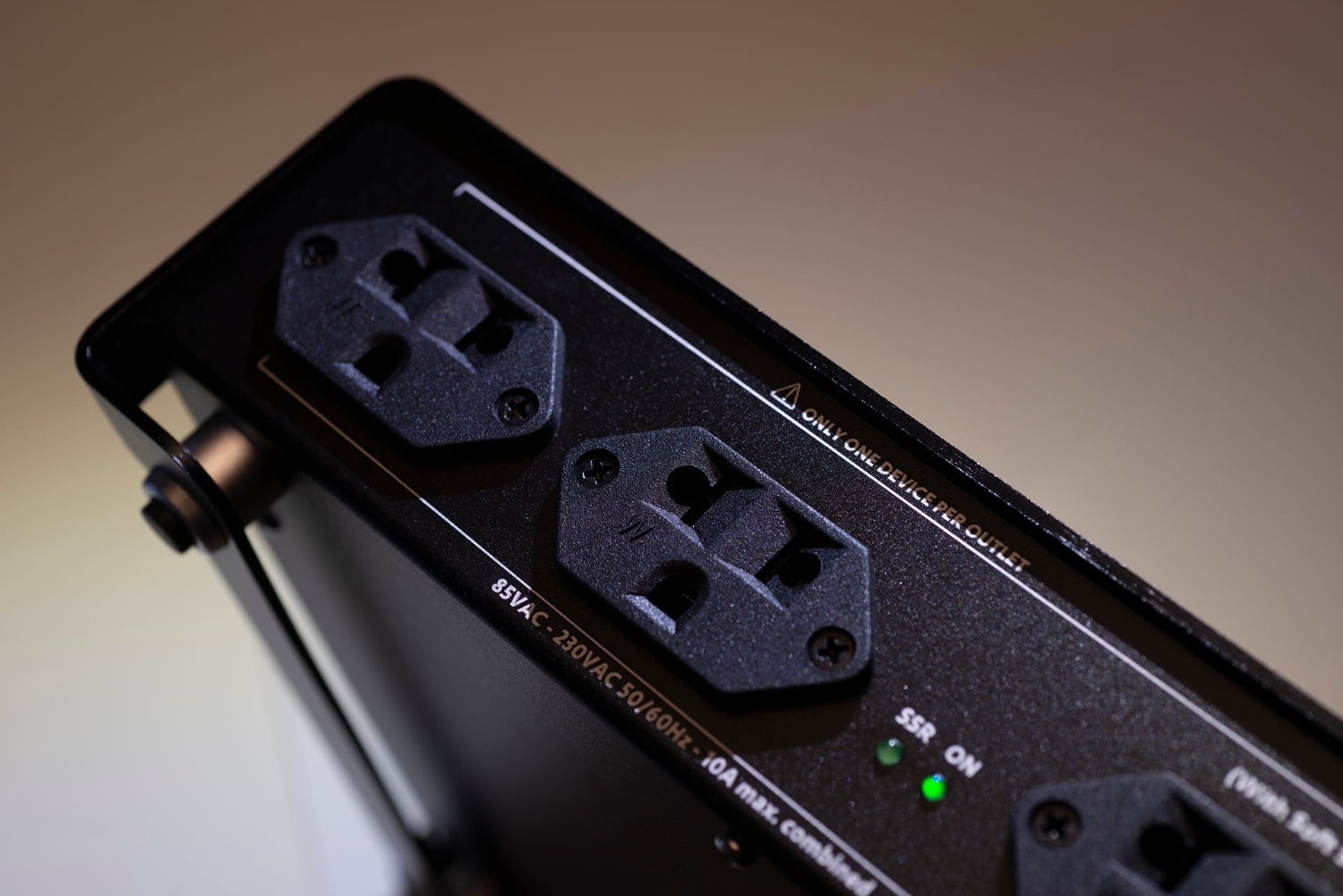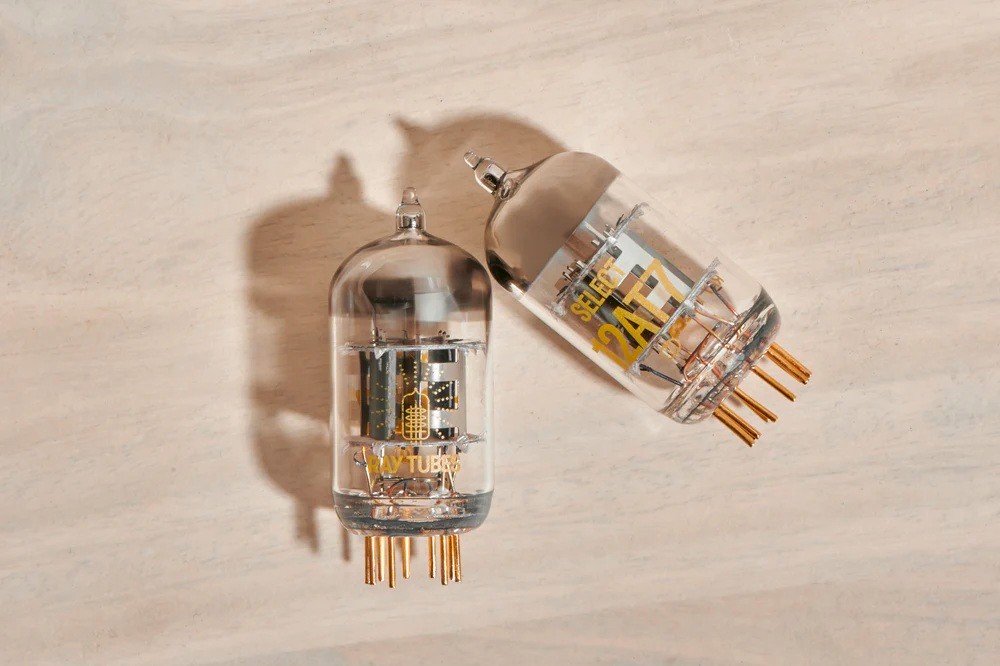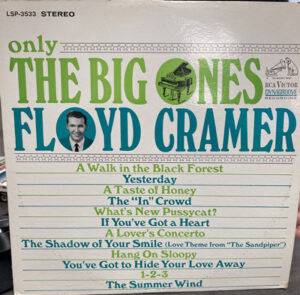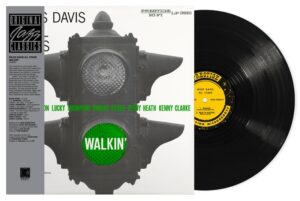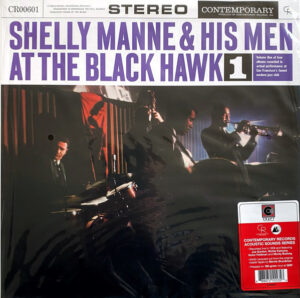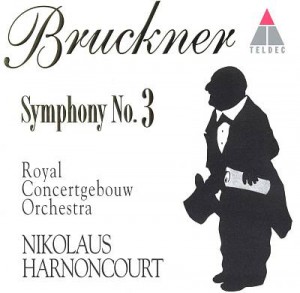Light In The Attic Records (LITA) is a record label based in Seattle that has a certain knack for the unconventional, and has specialized over the last couple of decades in reissuing obscure, underrepresented, and sometimes virtually unknown artists. With the intent of bringing that unknown gem of an album, or perhaps a lesser-known artists' noteworthy and deserving works to a wider audience. And they also have a serious emphasis on historical, archival compilations, especially those of musical genres that have been virtually ignored by the American record buying public. That said, the label has also released albums by more mainstream artists like The Grateful Dead, Tim Buckley, and Willie Nelson. As well as putting tremendous resources into the development of new talent, including acts like The Black Angels and Nicole Willis.
LITA was the brainchild of high school friends Matt Sullivan and Josh Wright, but the idea actually began with an automobile crash near Madrid, Spain in 1997. Matt Sullivan was doing the almost obligatory, post-high school, hostel-hop tour of Europe, when he became entangled in an auto accident. One of the drivers, a gentleman by the name of Iñigo Pastor, just happened to own the Spanish record labels Vampi Soul and Munster Records. Sullivan noticed that Pastor's now-crumpled Fiat was literally filled to the brim with LPs, featuring the likes of The Stooges, Spacemen 3, Suicide, Love, the Monks, and the MC5. The two struck up a lengthy conversation about music and the business of running a record label; Sullivan quickly ditched the remainder of his European excursion and headed back to the States with a new plan, where he teamed up with Josh Wright, whose business acumen was the necessary ingredient to make LITA a successful proposition. They not only now have their own catalog of titles (200 and growing), but have also moved into artist development and representation, along with distribution of LPs by fifty other record labels. And they have offices in Los Angeles, as well, and are also focused on licensing music for advertisements, films, and television. While also running a brick-and-mortar record store in Seattle.
Somewhere Between: Mutant Pop, Electronic Minimalism & Shadow Sounds of Japan 1980–1988 is the newest release in a highly successful series of historical reissues of noteworthy Japanese music that spans a diverse range of genres and a couple of decades. Yeah, I know—it's really difficult for those of us who were banging our heads and hitting the club dance floors in the Eighties to think of any of the music from the decade that defined our lives as historical. How time does fly! Anyway, the series has garnered a lot of high profile attention for LITA; this album's predecessor, Kankyō Ongaku: Japanese Ambient, Environmental & New Age Music 1980–1990, received a Grammy nomination for Best Historical Album last year. And LITA has also issued a pair of albums under the name Pacific Breeze: Japanese City Pop, AOR & Boogie 1976–1986. This new release, Somewhere Between, overlaps the musical styles of both compilations, while remaining focused on Japanese artists from the eighties. Covering mostly never-before-released works from a multitude of artists that defy easy categorization or don't fit neatly into any of them.
Most American music fans are familiar with Japanese artists of the Eighties like Yellow Magic Orchestra, whose success on the international scale easily rivaled (at the time) even German neo-electronic acts like Can or Kraftwerk. And two YMO members, Haruomi Hosono and Hideki Matsutake, make appearances on three of Somewhere Between's fourteen tracks. The LP opens with Noriko Miyamoto's synth-poppy "Arrows and Eyes"; all the track's synth programming and arrangements are done by Hideki Matsutake, and are totally reminiscent of Yellow Magic Orchestra. On "Hikari No Ito Kin No Ito," Haruomi Hosono collaborates with pop vocalist Mishio Ogawa, and his use of drum machines and synth programming here hearken to YMO albums of the day like Technodelic. "Tira-Rin" features percussionist Midori Takada and her Mkwaju Ensemble, and Hideki Matsutake's layered arrangements of the percussive elements—especially the dominant electronic kick drum—give the music an almost "techno-like" feel, which is pretty advanced, especially for the Eighties. This is one of the most distinctive tracks on the entire album, because it's one of the few that isn't dominated by layers upon layers of synths.
Naoki Asai's "Yakan Hikou" offers an almost carousel-like precision in its instrumentation, but not everything here is that uber-poppy. "Weimar 22" presents a constant drone enhanced with industrial noise that wouldn't seem out of place on anything by Karlheinz Stockhausen. And Mammy's "Mizu No Naka No Himitsu" has a synth-pop motif with accompanying pop-ish vocals layered over a bass-heavy, percussive dirge. Wha Ha Ha's "Akatere" opens ominously, with crashing cymbals and percussion, screeching horns, and vocoded voice samples, but quickly jumps into a female-voiced, synth-pop anthem of sorts, but then just as rapidly transitions back and forth between drone and power-pop anthem at an almost maddening pace for the remainder of its six-minute-plus runtime. "Dark Disco-Da Da Da Da Da Run" features a dark, foreboding, repetitive mix of guitars, crashing drum beats, and deep bass thrums, all with a nearly indecipherable and equally evocative over-tracked vocal line. The album's closer, "Wedding With God" is a sparsely instrumented affair; it has a spoken vocal line that's layered with a sing-song, "la-la-la-la-la" female vocal that's perhaps the most conventional tune to be found here. It definitely sounds like it could be found in the background of a Quentin Tarantino movie.
A lot of the music here will be very new to many ears, but much of it also has a ring of near-instantaneous familiarity. And that's not to imply that it's at all derivative; if anything, the spectrum of influence is probably the other way around. With an increasing acceptance of multiculturalism in the music industry—like the surge in popularity of K-Pop group BTS—a lot of listeners probably won't find it too grating when that cool, electro-synth vibe is suddenly interrupted by a hyper-speed, J-Pop vocal break.
When Somewhere Between arrived, the double-LP set was encased in a heavy, multi-LP, wide spine sleeve case that was designed by noted Japanese illustrator / designer Koichi Sato, and it's a very beautiful package, indeed. Think along the lines of The Clash's London Calling for the package, with a printed paper sleeve encasing each LP. With that being the case, the two LPs were covered with paper dust upon removal, and required a good cleaning to remove all the residue. I then fitted each LP into a MoFi rice-paper sleeve and then returned them to their original paper inner sleeves. This has been my ritual for decades now, and it ensures that I get clean playback every time without issues, and the rice paper sleeves easily fit inside the paper sleeves—it's a pretty elegant solution. I also downloaded the digital files that accompany the LPs, mostly for comparison purposes.
The LPs I received were the standard, black vinyl release, although the set is being issued in two other colored-vinyl variants. One that LITA refers to as the "purple cornetto" version, which features a clear vinyl LP with a purple "flower petal" pattern; the second variant is called "cloudy clear purple," which features lightly tinted purple-clear vinyl with a mottled purple pattern within. I don't know about the record weight of the two colored vinyl variants, but the black vinyl seemed very close to 120 grams to me; the LPs were easily bendable, but arrived perfectly flat with beautifully glossy surfaces (after the paper dust was removed, of course!). And the set is also being made available in both CD and cassette formats.
Upon playing the first LP, I also loaded the digital files from my music server and had it running in the background, so I could A/B between the two for comparison purposes, and noticed something out of sorts right away. The LP was running at a significantly slower pitch than the digital file. At first I found this baffling, but quickly stopped the music and examined the LP jacket—nothing out of sorts here. I then pulled the record clamp from the LP, and examined the label—there, in very small type located at the bottom of the LP was emblazoned "45 rpm." Aha! I also took another look at the album's promo information and saw nothing to flag me that this was a 45 rpm set, so I didn't feel quite so bad about my mistake, and setting my table's electronic speed control to 45 quickly set everything right again!
My listening was done through my usual analog front end, which features a ProJect Classic turntable fitted with a Hana SL moving coil cartridge, with the signal fed into a Musical Surroundings Phonomena II+ phono preamp that's powered by a Michael Yee linear power supply. I'm also currently using a new pair of PS Audio M700 mono amps, along with my PS Audio preamp, playing into my Magneplanar LRS loudspeakers. Somewhere Between sounded dynamic and superb over this setup, especially at the correct speed!
You can find this set for purchase on LITA's website, and it can also be found at your local independent record store, although I understand that there might have been some delays in getting color vinyl pressings to the market by the release date. For adventurous fans with a particular bent towards the offbeat, Somewhere Between comes highly recommended. Many thanks to Jacob Mask of Chummy Press for turning me onto this excellent collection!
Somewhere Between: Mutant Pop, Electronic Minimalism & Shadow Sounds of Japan 1980–1988. 120 gram, black 2 LP set: $35.99 MSRP. Colored LP variants, 120 gram, 2 LP sets: $39.99 MSRP.
All images provided by Light In The Attic Records and Chummy Press




